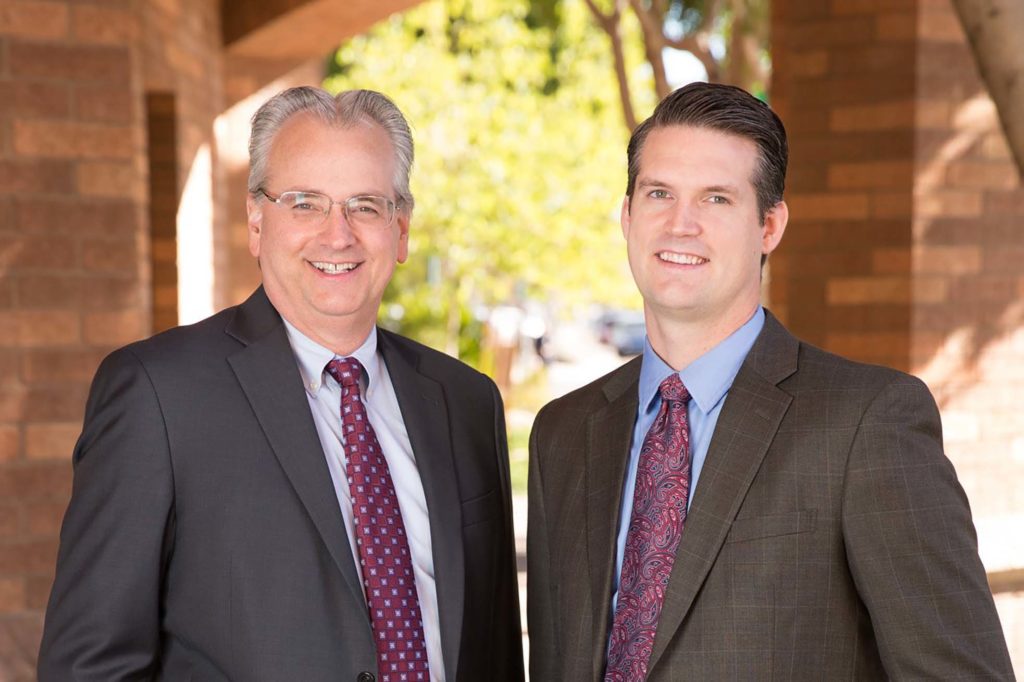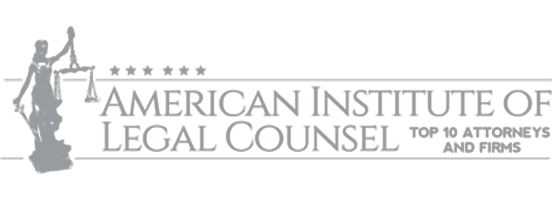Strong reputations don't go unnoticed.

Welcome to JacksonWhite Employment Law
The East Valley and Phoenix metro area are home to thousands of employers and employees. This thriving business environment creates a great need for experienced labor and employment lawyers. At JacksonWhite, our labor and employment lawyers have a thorough understanding of the issues affecting both employers and employees.
Employee Services
Employer Services
Meet Our Employment Law Attorneys

Michael Pruitt joined JacksonWhite in 1989 and is a Shareholder and member of the Executive Committee. Mike practices in the area of Employment and Labor Law.

Nathaniel Hill is a Shareholder at the Firm and focuses his practice in the areas of Employment and Labor Law as well as commercial litigation.
Frequently Asked Employment Law Questions
As an employer, you have the right to expect certain things from your employees. You have an obligation to be a good boss to those you hire, but you should also expect those workers to live up to their own responsibilities. If you are an employer, it is important to understand your rights, and what you should expect from the men and women you employ.
When it comes to rights of an employee in the workplace, there are a number of federal laws to protect employees against mistreatment. The US Department of Labor (DOL) is the primary unit that handles the rights of employees, with 28 agencies under its purview that provide oversight in key areas. While there are countless individual protections and guarantees for employees, following is a list of five key rights of employees in the workplace.
Even though the law gives employers significant leeway, there are still some ways an employer can violate the law when he fires you. Wrongful termination in Arizona occurs when an employer fires you because of your sex, race, religion, and a handful of other categories. Simply put, employers are foreclosed from firing you because of your immutable characteristics, even in those states where right-to-work laws have taken hold.
Employers are not bound by any federal laws to issue an employee’s final paycheck by a certain date. Instead, each state has the discretion to determine its own final paycheck rules, with most states adopting separate final paycheck time limits for employees who are terminated and employees who quit. Generally speaking, employees who are terminated (fired or laid off) are required to receive their paychecks much sooner than employees who voluntarily quit.
Employees have the right to be paid fairly and on time for their hours worked, and employers are limited in how and when they can legally withhold wages. Unfortunately, cases of employers illegally withholding wages are unfortunately far too common. Employers who illegally withhold wages may be subject to a state and/or federal investigation, and the employer may be required to pay the employee damages in addition to the unpaid wages.
Serving Clients Throughout Arizona
Our JacksonWhite Employment Law team proudly serves clients throughout Arizona who are in need of experienced and effective employment law representation.
Chandler
Gilbert
Mesa
Peoria
Phoenix
Scottsdale
Tempe






